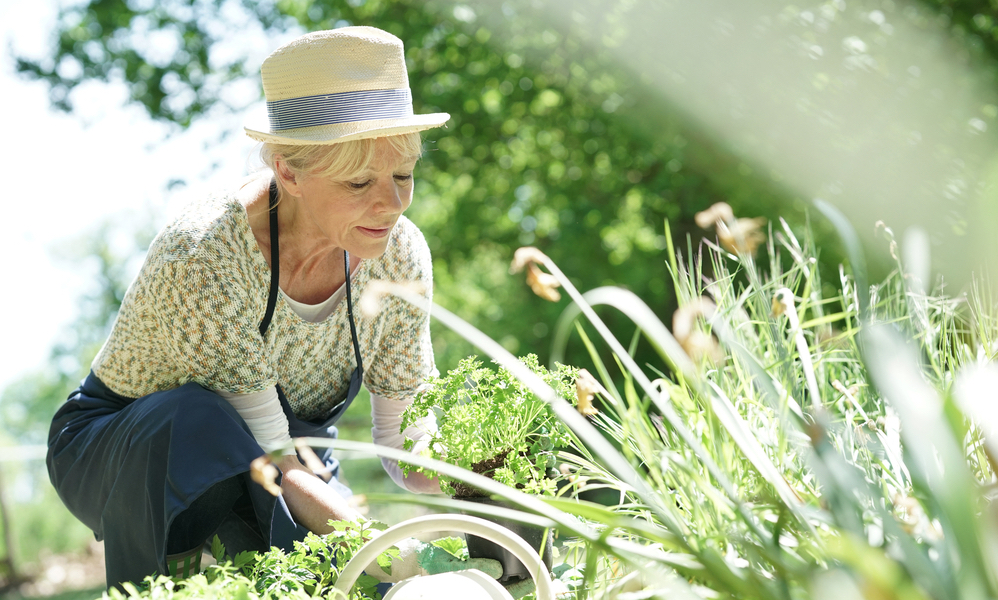
Sun safety strategies for seniors
Each year, during December and January, the Cancer Association of South Africa (CANSA) runs its SunSmart campaign, which encourages all South Africans to be aware of and protect themselves from harmful UV radiation throughout the year.
According to CANSA, “Skin cancer is the most common cancer worldwide and SA has one of the highest monitored ultra violet (UV) levels in the world, resulting in one of the highest skin cancer rates globally.”
While there are no South African statistics regarding seniors and sun safety, a telling study conducted by the US Centers for Disease Control (CDC) found that:
- Nearly 18% of older adults and 15% of sun-sensitive older adults said they didn’t use any kind of sun protection regularly.
- More than 1 in 10 older adults (13%) had been sunburned in the past year, and sunburn was nearly twice as high among sun-sensitive older adults (20%).
If you fall into one or both of the above categories – perhaps you feel that if you haven’t already developed skin cancer, you’re out of harm’s way – here’s why you should be making some serious changes to stay safe in the sun.
Skin cancer is typically the result of accumulated sun damage caused over decades and in an article for The Skin Cancer Foundation, Dr Robert A. Norman explains that, “We never know exactly how much damage will trigger a skin cancer, but studies show that one bad burn in older age may be the straw that broke the camel’s back.”
He goes on to explain that, “as we age, our skin undergoes changes that weaken our defenses against skin disease: reduced immune systems, poorer healing capacity, thinner skin, and damage from bodily assaults from smoking to pollution. These changes all contribute to accelerated skin aging and increase our risk for skin cancer.”
Then, there’s the fact that some medications can heighten sensitivity to the sun, meaning that you should be taking even greater care when you’re out walking your dog, gardening etc.
If your sun protection regime isn’t what it should be, here’s a quick look at what CANSA recommends you do to be SunSmart:
- Keep out of the sun between the 10am and 3pm when the sun is at its most dangerous.
- Use the right sunscreen for your skin – SPF 20 to 50 for normal skin and 30 to 50 for fair to very fair skin.
- Make sure your sunscreen is still effective – CANSA recommends that you don’t use a product that has been opened and used after a year has passed.
- Apply sunscreen at least 20 minutes before going into the sun and reapply regularly (at least every two hours).
- Wear protective clothing and a wide-brimmed hat made from a thickly-woven fabric – avoid headgear that leaves your ears and neck exposed to the sun.
Are you checking your skin regularly?
It’s important to take a careful look at any moles, marks and freckles on your skin once a month. If you need to, ask a family member to help you check hard-to-see areas like your back and the top of your head. What should you be looking for? CANSA quotes the following ABDCE warnings signs for melanoma. If you notice one or more of them, or you’re concerned about a specific spot, make an appointment to see your GP or dermatologist immediately.
A – Asymmetry – a mark with one half unlike the other (not symmetrical). Common moles are round and symmetrical.
B – Border irregularities – scalloped/poorly defined edges. Common moles are smooth and have even borders.
C – Colour changes – tan, black, brown, red, white, blue. Common moles are usually a single shade of brown or black.
D – Diameter – larger than 6mm.
E – Evolving – grows bigger and becomes more prominent.
Other warning signs for skin cancer include:
· A sore that does not heal.
· A new growth.
· Spread of pigment (colour) from the border of a spot to surrounding skin.
· Redness or a new swelling beyond the border.
· Change in sensation – itchiness, tenderness, or pain.
· Change in the surface of a mole – scaling, oozing, bleeding, or the appearance of a bump or nodule.
Source: www.cansa.org.za



